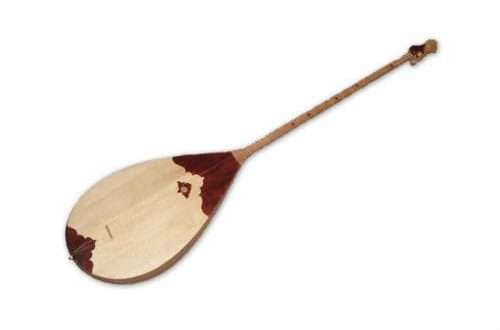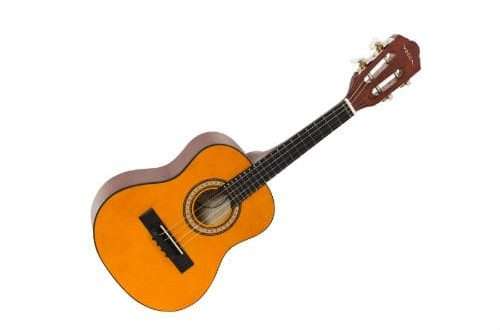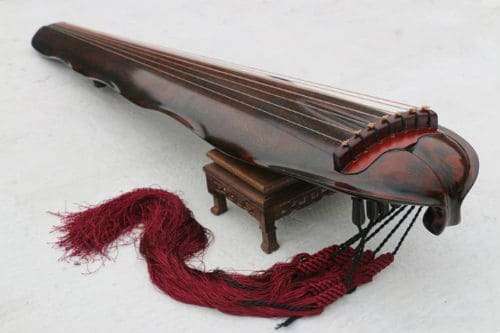
Guqin: description of the instrument, how it works, sound, how to play
Qixianqin is a Chinese musical instrument. Known for his advanced playing techniques and long history. An alternative name is guqin. Related world instruments: kayagym, yatyg, gusli, harp.
What is guqin
Instrument type – string chordophone. The family is zither. The guqin has been played since ancient times. Since its invention, it has been held in high esteem by politicians and academics as an instrument of great sophistication and sophistication. The Chinese call the guqin “the father of China’s music” and “the instrument of the sages”.
Qixianqin is a quiet instrument. The range is limited to four octaves. The open strings are tuned in the bass register. Low sounding 2 octaves below middle C. Sounds are produced by plucking open strings, stopping strings and harmonica.

How guqin works
Making guqin is a fairly complex process, like the creation of other musical instruments. Qixianqin stands out for its symbolism in the choice of constituent materials.
The main device is a sound camera. Size in length – 120 cm. Width – 20 cm. The chamber is formed by two wooden planks, folded together. One plank has a cutout inside, forming a hollow chamber. Sound holes are cut out on the back of the case. The strings are supported by the crown and bridge. The center of the top acts as a neck. The neck is inclined at an angle.
The tool has legs at the bottom. The purpose is not to block the sound holes. Under the bottom there is a tuning mechanism. The strings are traditionally made of silk. There are modern ones with a steel coating.
According to tradition, the guqin originally had 5 strings. Each string represented a natural element: metal, wood, water, fire, earth. In the era of the Zhou Dynasty, Wen-wang added a sixth string as a sign of grief for his dead son. The heir Wu Wang added a seventh to motivate the troops in the Battle of Shang.
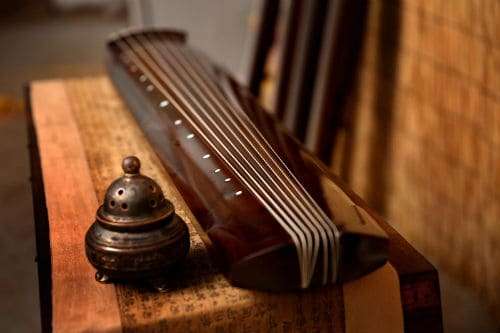
There are 2 popular models of the XXI century. The first is kin. Length – 1 m. Used in solo performances. The second is with Length – 2 m. Number of strings – 13. Used in the orchestra.
Popular scales: C, D, F, G, A, c, d and G, A, c, d, e, g, a. When playing a duet, the second instrument does not cover the guqin.
History of the tool
A Chinese legend that has been passed down from generation to generation says that most of China’s instruments appeared 5000 years ago. The legendary characters Fu Xi, Shen Nong and the Yellow Emperor created the guqin. This version is now considered fictional mythology.
According to researchers, the real history of qixianqin is about 3000 years old, with an error of a century. Musicologist Yang Yinglu divides the history of the guqin into 3 periods. The first is before the rise of the Qin Dynasty. In the first period, the guqin gained popularity in the courtyard orchestra.
During the second period, the instrument was influenced by Confucian ideology and Taoism. Music spread in the Sui and Tang dynasties. In the second period, attempts were made to document the rules of the Play, notation, and standards. The oldest surviving model of qixianqin belongs to the Tang Dynasty.
The third period is characterized by the complication of compositions, the emergence of generally accepted playing techniques. The Song Dynasty is the birthplace of the golden period of guqin history. There are many poems and essays from the third period that were meant to be played on the qixianqing.
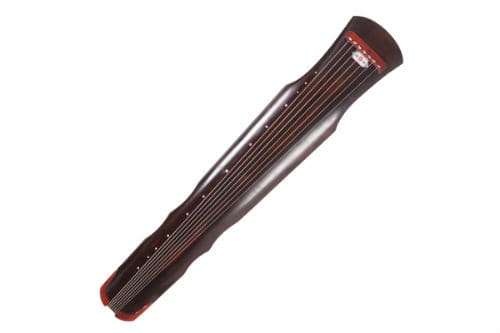
Using
Qixianqin was originally used in Chinese folk music. Traditionally, the instrument was played in a quiet room alone or with a couple of friends. Modern musicians play at large concerts using electronic pickups or microphones to amplify the sound.
A popular composition of the XNUMXth century called “Rokudan no Shirabe”. The author is the blind composer Yatsuhashi Kang.
As a symbol of high culture, qixianqin is actively used in Chinese popular culture. The tool appears in the films. Film actors do not have the skills of acting, so they improvise. An audio track with a recording of a professional Play is superimposed over the video sequence.
An accurately recreated guqing playing appears in Zhang Yimou’s movie Hero. The character Xu Kuang plays an ancient version of the guqin in the palace scene while the Nameless One deflects an attack from the enemy.
The instrument was used at the opening of the 2008 Summer Olympics. Composed by Chen Leiji.

How to play
The technique of playing the guqin is called fingering. The music played is divided into 3 different sounds:
- The first is sang yin. The literal translation is “sounds that sound not glued together”. Extracted with an open string.
- The second is Fang Yin. The meaning is “floating sounds”. The name comes from the harmonica, when the player gently touches the string with one or two fingers in a certain position. Clear sound is produced.
- The third is an yin or “stopped sound”. To extract sound, the player presses the string with his finger until it stops against the body. Then the musician’s hand slides up and down, changing the pitch. The sound extraction technique is similar to playing slide guitar. The guqin technique is more varied, using the whole hand.
According to the book Cunjian Guqin Zhifa Puzi Jilan, there are 1070 finger playing techniques. This is more than other Western or Chinese instruments. Modern players use an average of 50 techniques. Learning to play the qixianqing is difficult and takes a lot of time. It is impossible to learn all the techniques without a qualified teacher.
https://youtu.be/EMpFigIjLrc



